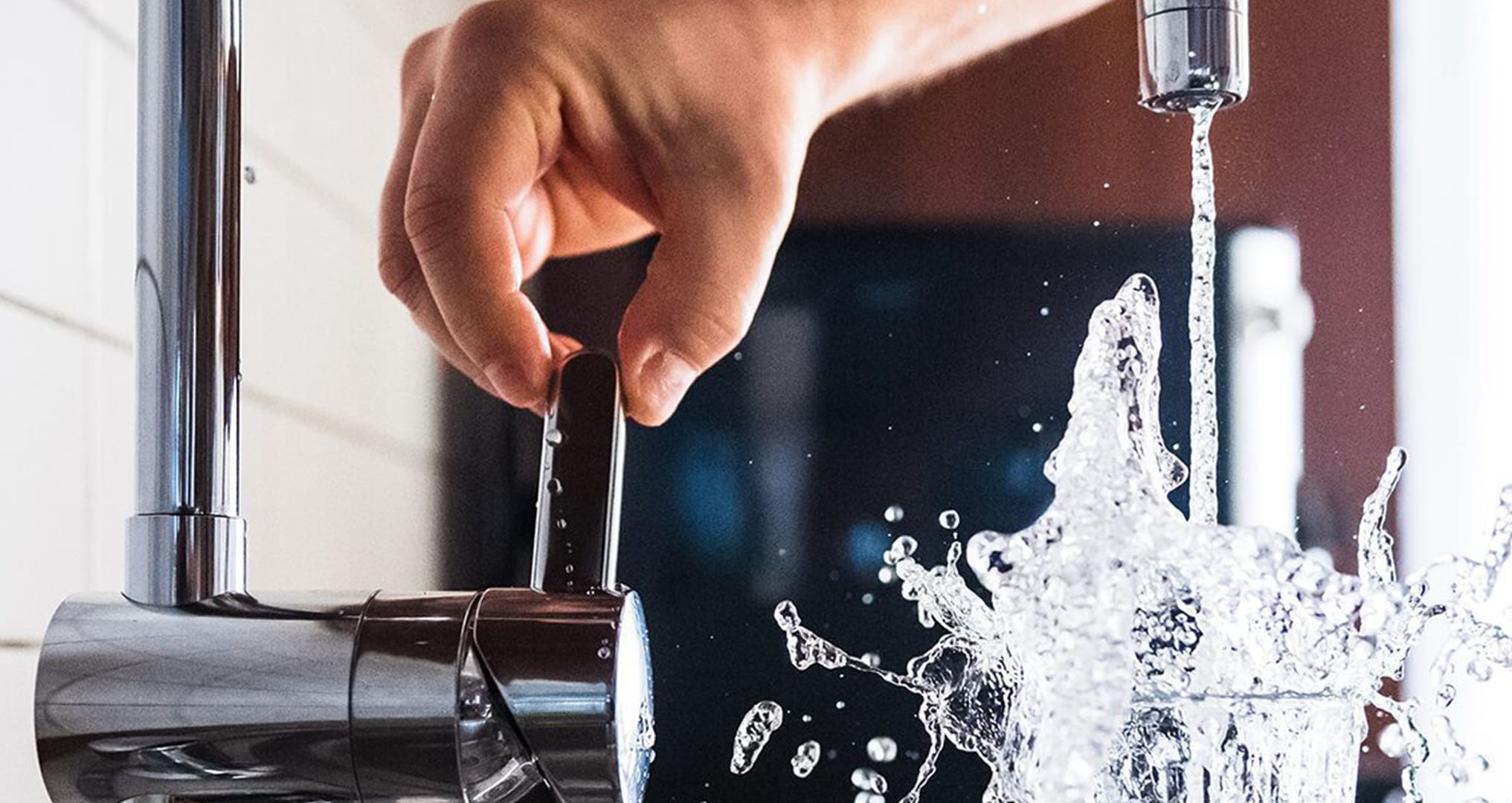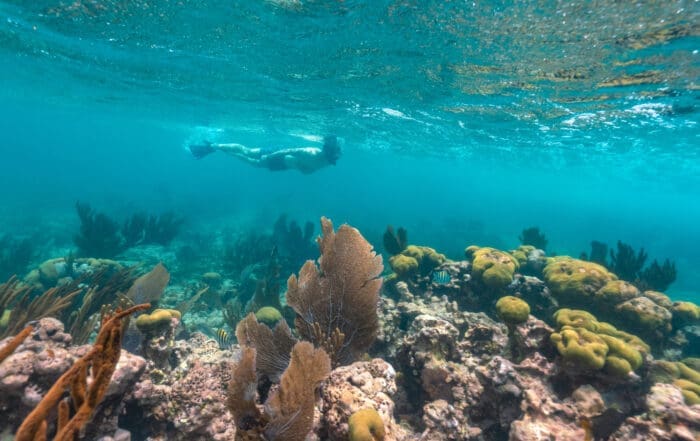
Why Rural Areas are More Affected by Dirty Tap Water
Being away from the bustling city has its perks but it also comes with a few drawbacks. One serious issue is how rural areas affected by dirty tap water struggle to have a secure source of clean water. Artesian Bottleless Water sees this all the time, especially in low-populated areas.
That’s because there are often fewer regulations regarding water contamination than in urban areas. Therefore, residents here are more likely to be exposed to potentially dangerous contaminants in their drinking water. But not if we and our bottleless water coolers have anything to say about it! Still, why rural areas are affected by dirty tap water is worth a discussion and ultimately a better solution.
Unclean Water’s Effect on Rural Living Quality
Water is a critical element of everyday life. When rural areas struggle with unclean water supply challenges, residents suffer from decreased quality of life. This can lead to an increased risk for health problems due to bacteria or other contaminants that may be found in tap water.
The negative effects of microorganisms that cause waterborne diseases can also typically be felt right away. When someone consumes untreated water, they frequently experience acute gastrointestinal symptoms such as diarrhea, nausea, and vomiting. In extreme circumstances, these symptoms may result in dehydration and death.

Causes of Contaminated Tap Water
Water contamination is caused by harmful substances, such as chemicals or microorganisms, entering a water source making it unusable for daily uses like cooking and drinking. Tap water can become contaminated by a variety of sources including agricultural runoff, industrial waste, lead pipes, and even microorganisms. In some cases, more than one source is responsible for the contamination.
Agricultural Runoff
The primary source of contaminated tap water in rural areas is often agricultural runoff and pollutants from nearby industrial sites or waste management facilities. Agricultural runoff can contain fertilizers or other chemicals that seep into groundwater supplies which affects local communities’ drinking water supply.
Industrial Waste
Industrial waste from factories and other production plants can also contaminate tap water with heavy metals like lead and mercury. Exposure and consumption of these heavy metals over long periods of time may cause long-term health issues.
Harmful Microorganisms
Microorganisms are another common source of water contamination. Bacteria, viruses, and parasites can enter a water supply through raw sewage or animal waste. In some cases, harmful microorganisms can leach into the water supply through cracks in pipes or other infrastructure issues.

How to Know If Your Water Is Clean
Our senses are valuable tools when looking for contaminants in drinking water. Here are some things to look out for when examining your water for any possible contaminants.
Sight
Your tap water should always be clear. If it looks cloudy or milky, set it down for a few minutes to see if it clears up. If it does, your water might have just contained trapped air bubbles. If it stays cloudy or foamy, your water could contain elevated levels of heavy minerals or something worse. In that case, it’s time to get your water tested.
Smell
If your water has an unusual smell, it could be contaminated. A strong rotten egg smell can indicate that your water contains high levels of sulfur. This is usually not dangerous, but it can be unappetizing. Likewise, if your water tastes like a swimming pool, it may contain high levels of chlorine. A water filter may help eliminate excess chlorine and sulfur.
Touch
Check to see if your hands feel slimy after washing them with soap and water. Hard water is often characterized by a buildup of substances like calcium or magnesium, which can leave deposits on your sink, faucet, or drinking glass. It might also be the reason why your hands feel slimy after washing them with soap and water, or you have to use more laundry detergent to clean your clothes.
Taste
Often, contaminants have no taste, but in some cases, they might. A metallic taste could signal the presence of excess iron or copper. Rusty pipes can release metals like these and others like manganese, zinc, copper, and lead into local water supplies, giving the liquid a metallic or salty taste.

Ways to Remedy Your Unclean Tap Water Problem
If you suspect something is wrong with your tap water, contact your public water utility immediately. You may also wish to have your household water tested. The EPA provides a list of certified laboratories. Once you discover that your tap water is not safe to drink, there are a few other ways to remedy the problem.
Reverse Osmosis Filtration
Installing a reverse osmosis water filtration system in your home or business is the most popular and effective method of improving water quality. These under-the-counter set ups can remove dangerous chemicals, sediment, and microorganisms from the tap water before it enters your drinking glass.
Boiling Water
If you don’t have access to a water filter, boiling water for at least one minute is another excellent option. Boiling water kills most bacteria and parasites, making it safe to drink. However, boiling tap water will not remove chemicals like lead or arsenic.

Get a Secure Supply of Clean Water with Artesian Bottleless Water
If you live in an area affected by contaminated tap water, finding a secure supply of clean water is crucial. Artesian Bottleless Water offers bottleless water coolers designed to filter out impurities and provide a safe source of drinking water.
Investing in a bottleless water cooler is a surefire way to ensure your tap water is safe for consumption. To try one of our system free for seven days, contact your local Artesian office today.
Photo by Jacek Dylag on Unsplash
Photo by Alexandre Lecocq on Unsplash
Photo by Jos Speetjens on Unsplash
Photo by engin akyurt on Unsplash
Photo by Bluewater Sweden on Unsplash



